A general rule is six months to two years maximum, but trees should be examined regularly and cuttings removed as soon as the tree is stable. This may last less than two years, or longer, depending on the conditions, or it may be longer if the tree sits slowly and conditions are harsh. Bracing stakes or tensioning lines are not intended to be permanent solutions and should be removed once the root system of the tree is well established. For small trees, this usually occurs after the first growing season or one year after planting.
Larger trees may require two or more growing seasons to reach the same level of establishment because they have a thicker trunk that needs support. If you are concerned about strong winds or other inclement weather, you can leave the supports in place for an additional growing season before removing them so that the roots have more time to establish themselves well. Many people abide by the general rule that you must leave the stakes in place for a period of between six months and two years. But, instead of relying on a general rule, have an arborist regularly examine your tree so that you can remove your stakes as soon as the tree is stable.
This may last less than six months or may last more than two years, depending on the development of the tree and its environment. The question that is often asked is: when is the best time to remove the tree stakes that support my newly planted trees? While the best answer may vary depending on soil conditions and other factors, a good rule of thumb is to leave tree stakes in place for about a year. This will give you enough time for the tree to go through a full growing season. This extended period allows the soil around the root ball to settle.
It also gives the tree enough time to spread its roots and hold on well to the surrounding soil. The support for any young tree should allow the upper part of the tree to move freely and allow some movement of the trunk, all without causing abrasion where the tether makes contact. The use of stakes to prop up a tree provides support for the tree trunk while its roots develop into a robust root system. Tree stakes and straps can support a young or inclined tree, and you can find good quality tree support straps or make your own.
For a tree with a flimsy trunk that cannot stand on its own, place the straps about 6 inches above where the tree can stand upright.
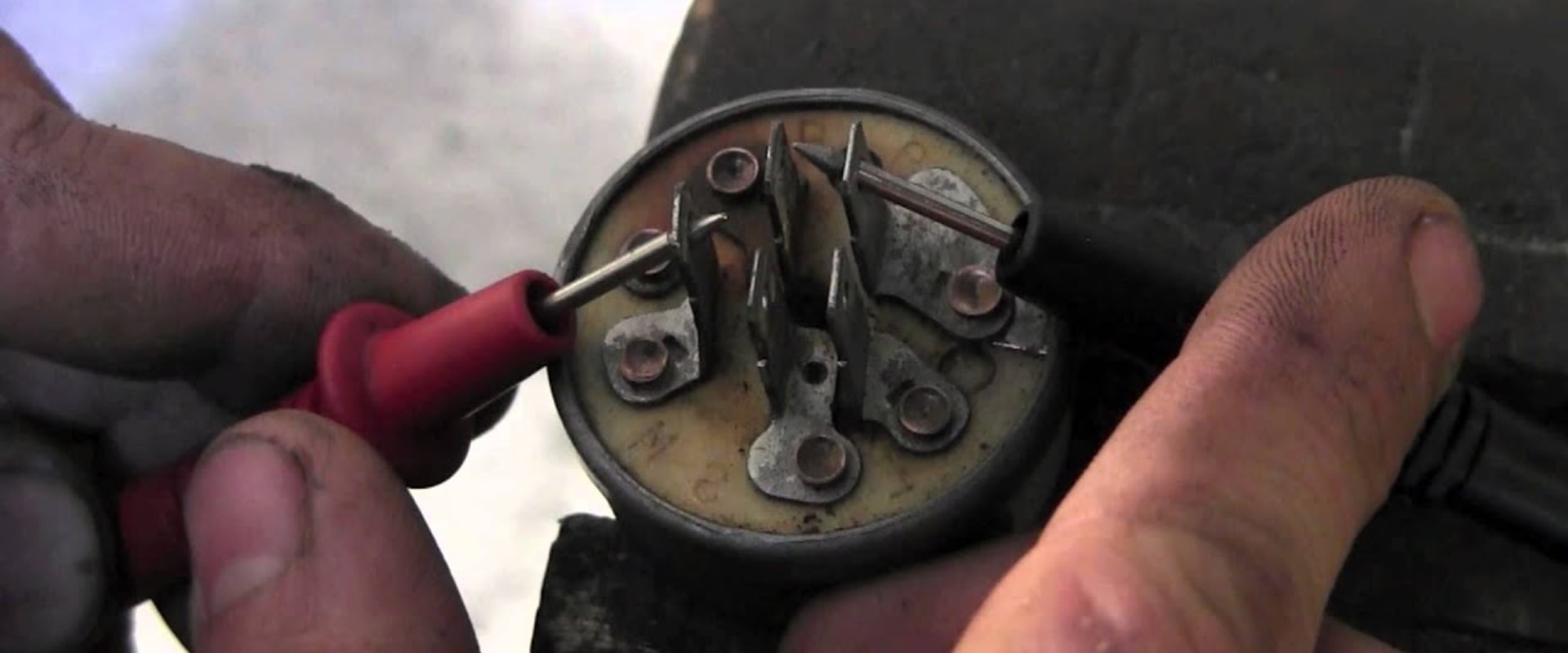
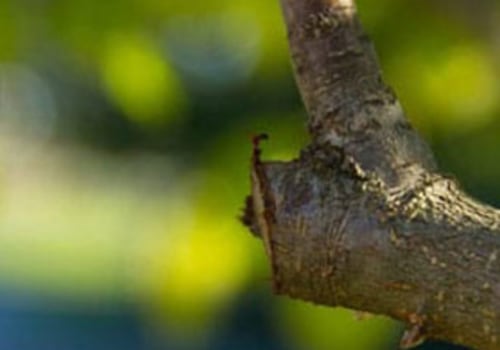
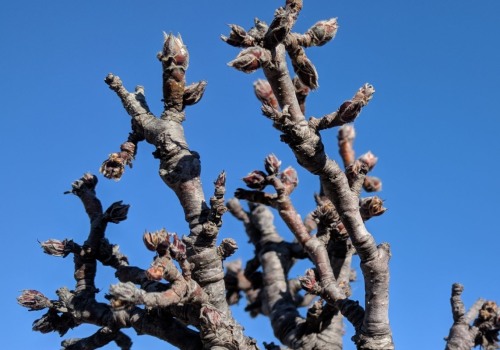
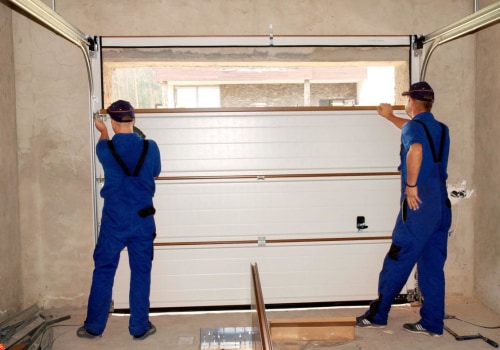
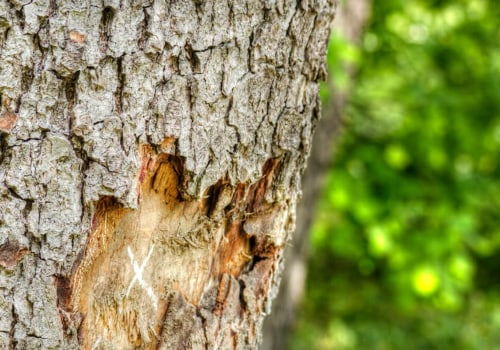



Leave Reply